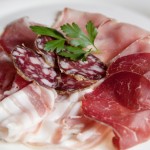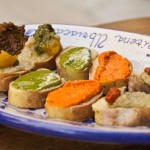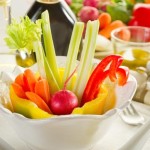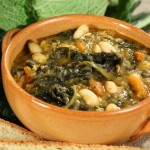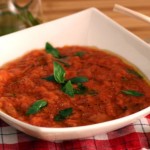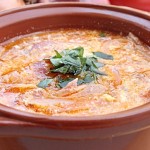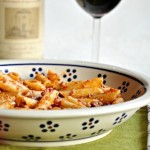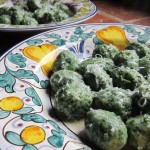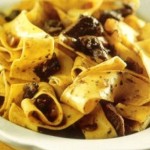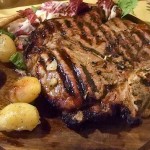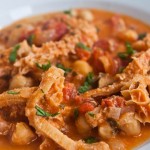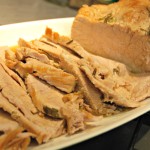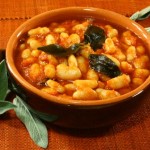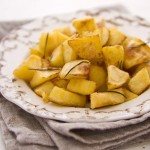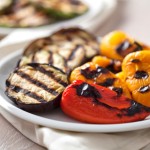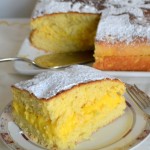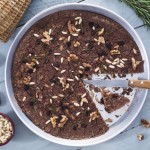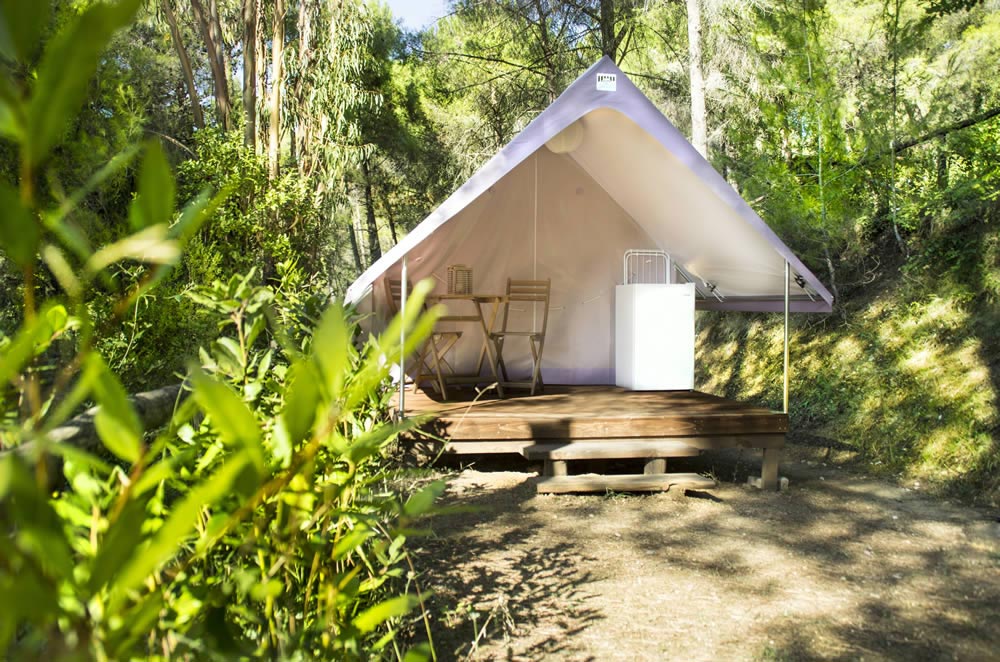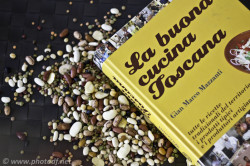 The narrow streets of Florence are full of restaurants, pubs, windows full of pizzas and pastas. Where to go? What to eat? Questions that are asking many visitors of the city. We would like to help you this time talking about typical Florentine cuisine and traditional Florentine dishes.
The narrow streets of Florence are full of restaurants, pubs, windows full of pizzas and pastas. Where to go? What to eat? Questions that are asking many visitors of the city. We would like to help you this time talking about typical Florentine cuisine and traditional Florentine dishes.
To define the exact specialities of the Florentine cuisine is not easy even for the locals. However, what it represents mostly – are bread and olive oil. Bread, as one of the main ingredients is used in many local recipes. Meanwhile, olive oil is used both raw and for baking. Extremely important place occupy leguminous vegetables (beans, beans, chickpeas, etc.), vegetables (tomatoes, cabbage, onions, etc.) and meat. Typical Florentine Cuisine? What to eat in restaurants and pubs in Florence? Here you will find our advises.
Starters
Affettati Misti. One of the most traditional starters in Florence. Usually it is a tray of cold sliced meats like finocchiona, sbriciolona, prosciutto crudo, lardo.
Crostini misti. A tray of lightly toasted slices of bread spread with different sauces like liver paste, with beans, with Tuscan sausage, or bruschetta.
Pinzimonio. Fresh vegetables with olive oil. fresh seasonal raw or slightly blanched vegetables served with seasoned olive oil for dipping.
Soups
Ribollita. It‘s a classic Florentine cabbage-and-bean soup with old Tuscan bread. It was very popular between poor local peasants.
Pappa al pomodoro. Thick tomato and bread soup typically prepared with fresh tomatoes, bread, olive oil, garlic, basil. Can be served hot, room temperature, or chilled.
Cipollata tiepida. Onion Soup is an typical soup of Certaldo, a town near Florence. It’s rich with flavor and great served on a cold day.
Pasta
Penne strascicate. Bolognese-like sauce filled with diced vegetables, fresh tomatoes, red wine, and the best-tasting olive oil you can find.
Ravioli gnudi. Actually a gnocchi or dumpling, these are formed from what is traditionally a ravioli filling (spinach, ricotta, eggs and parmesan).
Pappardelle sulla lepre. Pappardelle is a well-loved type of pasta in Tuscany – it is traditionally prepared with the whole hare, part of it is minced and used for the sauce that will dress the pappardelle and another part is cut into large chunks and served as a second course.
Meat
Bistecca alla fiorentina. beefsteak in Florentine style consists of a T-bone. A favorite of Tuscan cuisine, the steak is grilled over a wood or charcoal fire, seasoned with salt, sometimes with black pepper, and olive oil, applied immediately after the meat is retired from the heat.
Trippa all fiorentina. Florentine-style tripe boiled with tomatoes and other vegetables.
Arista. Roast loin of pork, served sliced, with a gravy made from sage, rosemary, and garlic, fried together lighty and drenched with wine.
Side Dishes
Fagioli all’uccelletto. beans in tomato sauce.
Patate al forno. backed potatoes.
Verdure grigliate. mixed grilled vegetables.
Sweets
Schiacciata alla fiorentina. Large, flat, powdered sugar-dusted sponge cake is traditionally made during Carneval time.
Schiacciata con l’uva. Tuscan grape bread is usually only found in the month of September, a tradition governed by the very seasonal nature of grapes in Italy, and one that also has an extremely close tie with the wine harvest in the fall.
Castagnaccio. Chestnut cake. The Florentine version of castagnaccio is also known as migliaccio (black pudding) in some parts of Tuscany.
Photos www.giallozafferano.it and www.wikipedia.org


